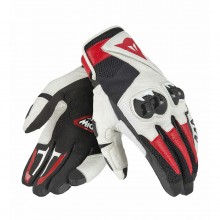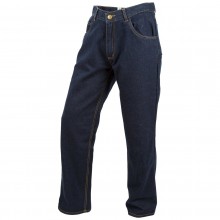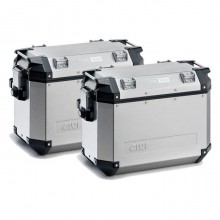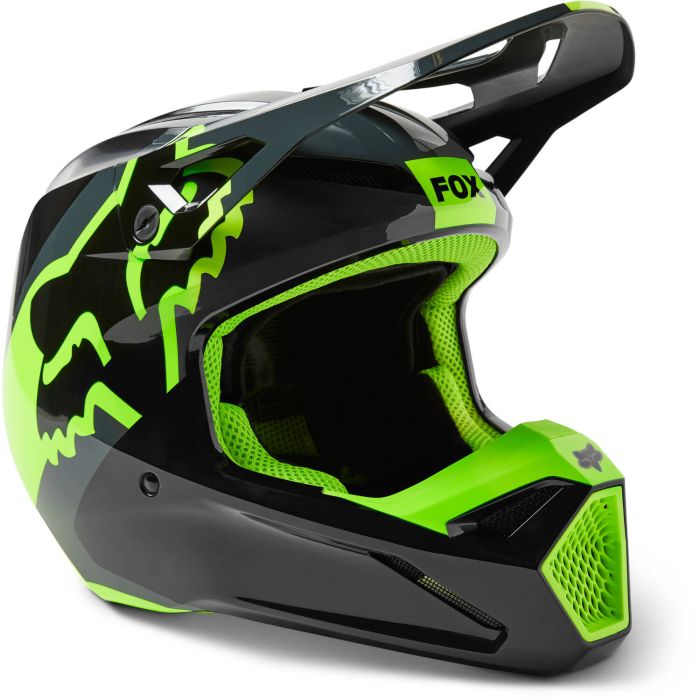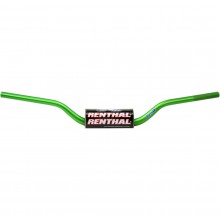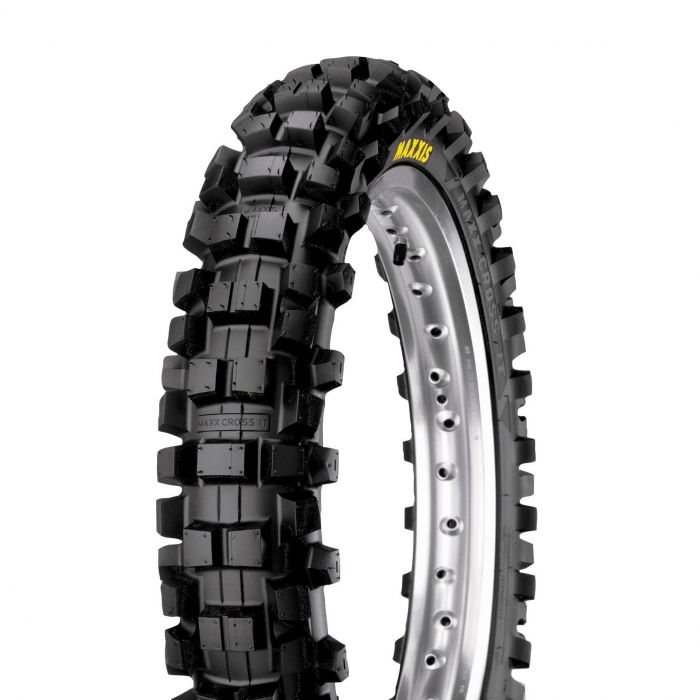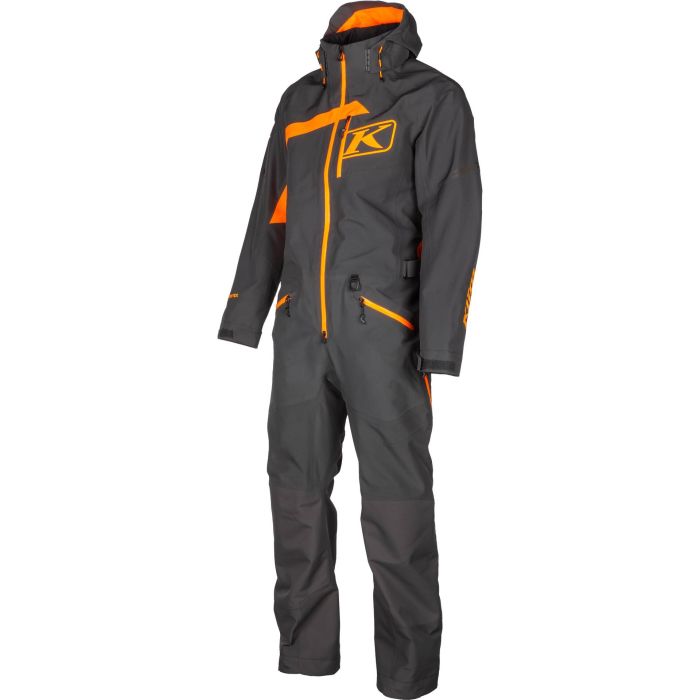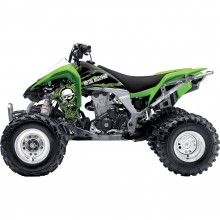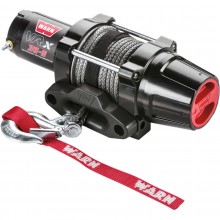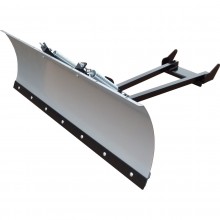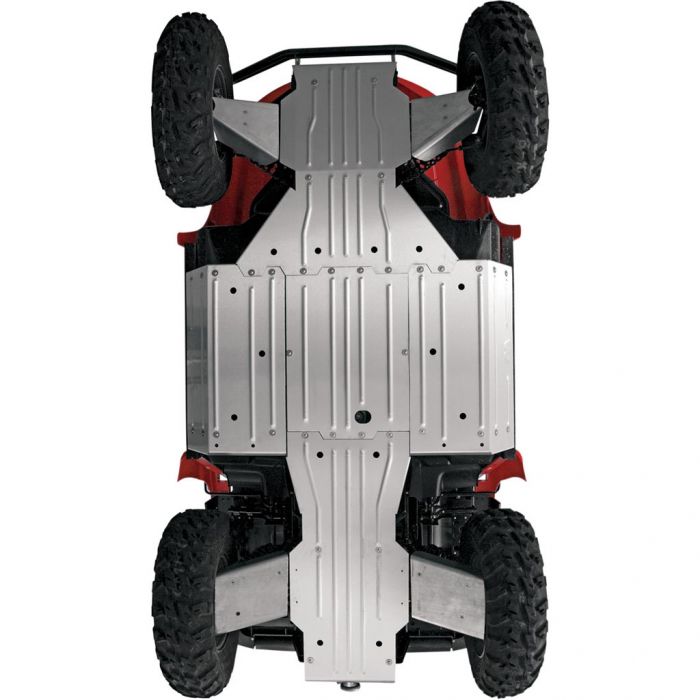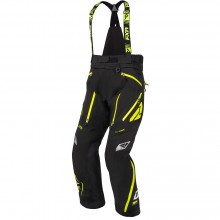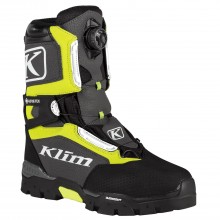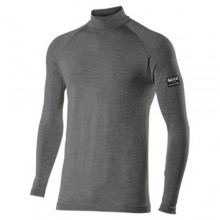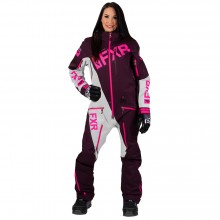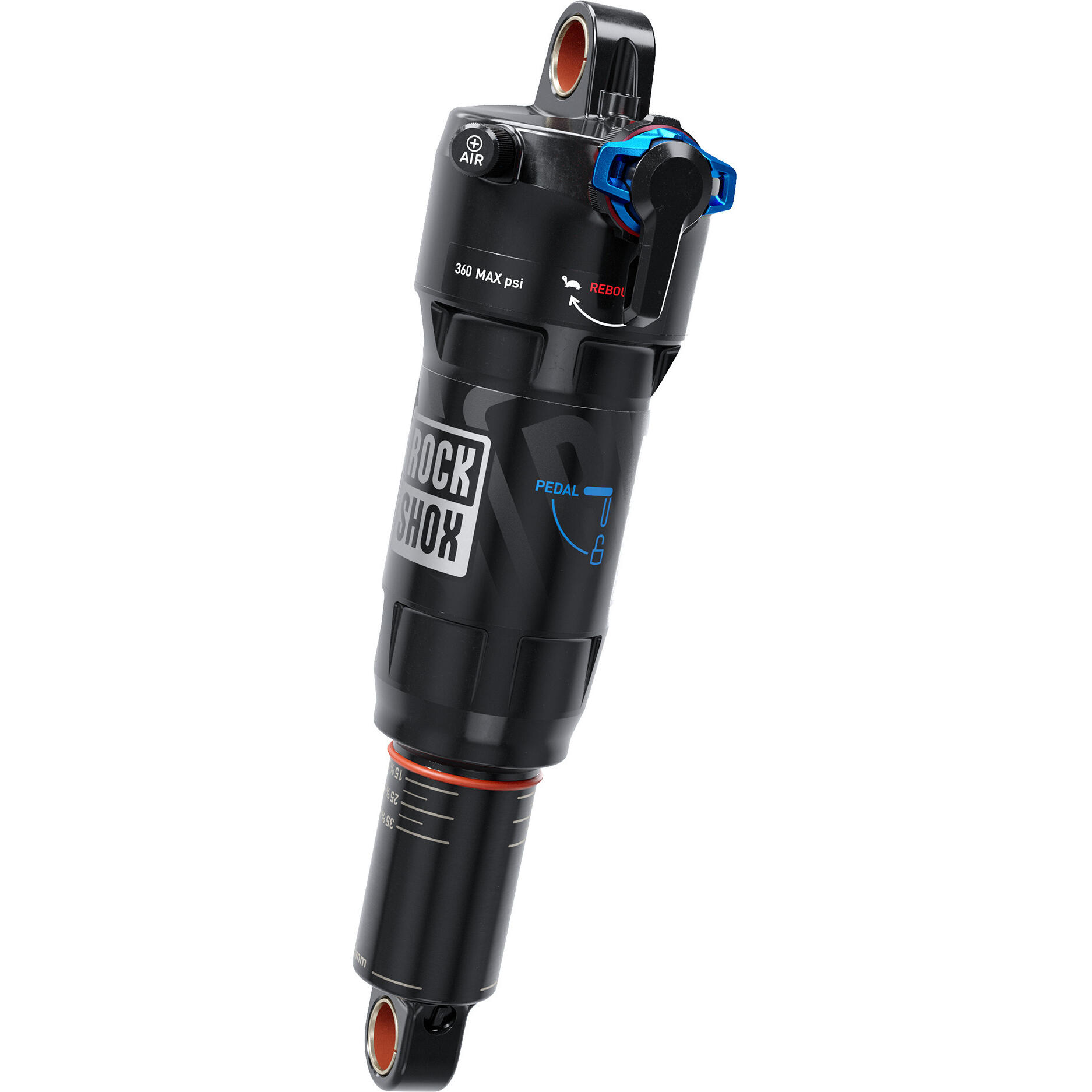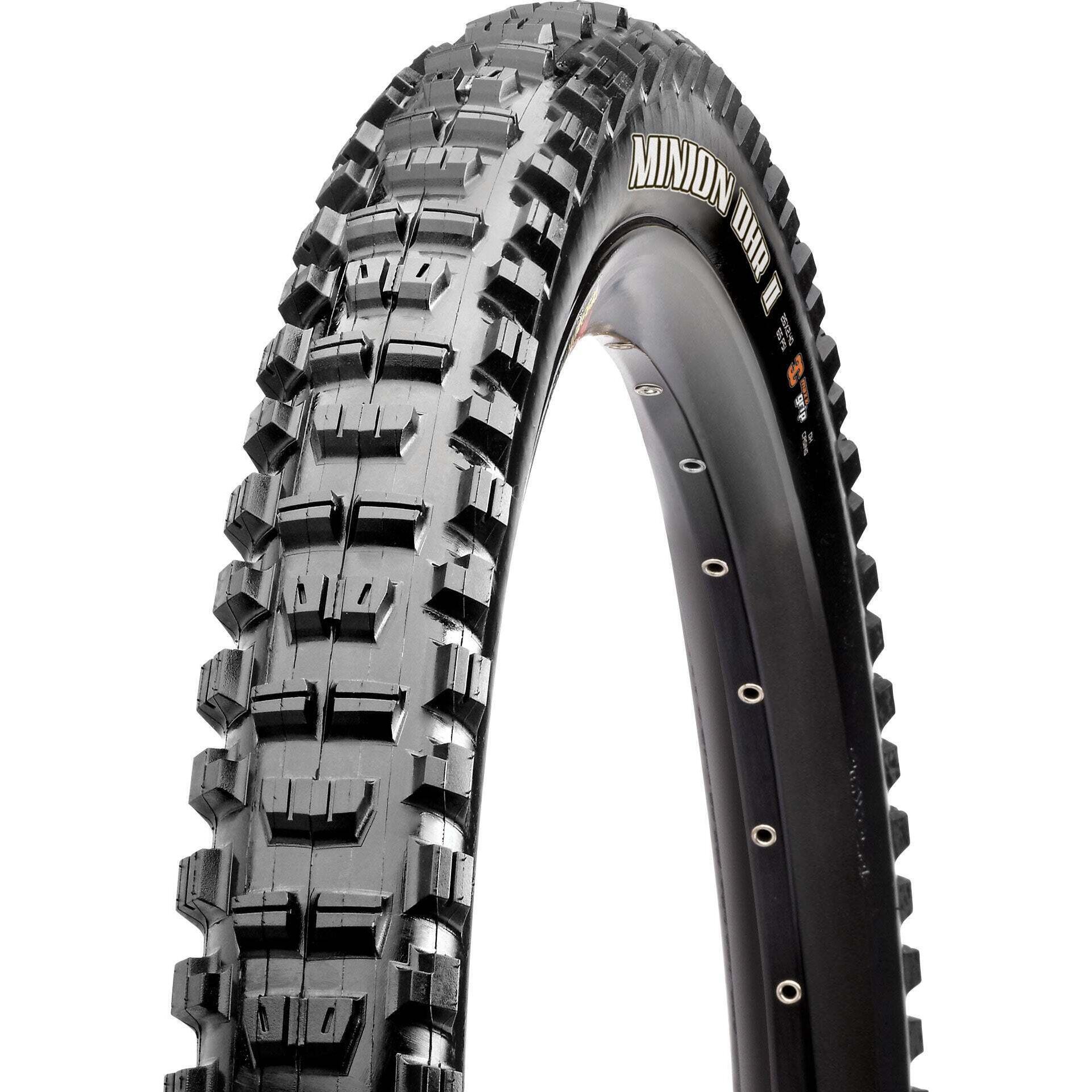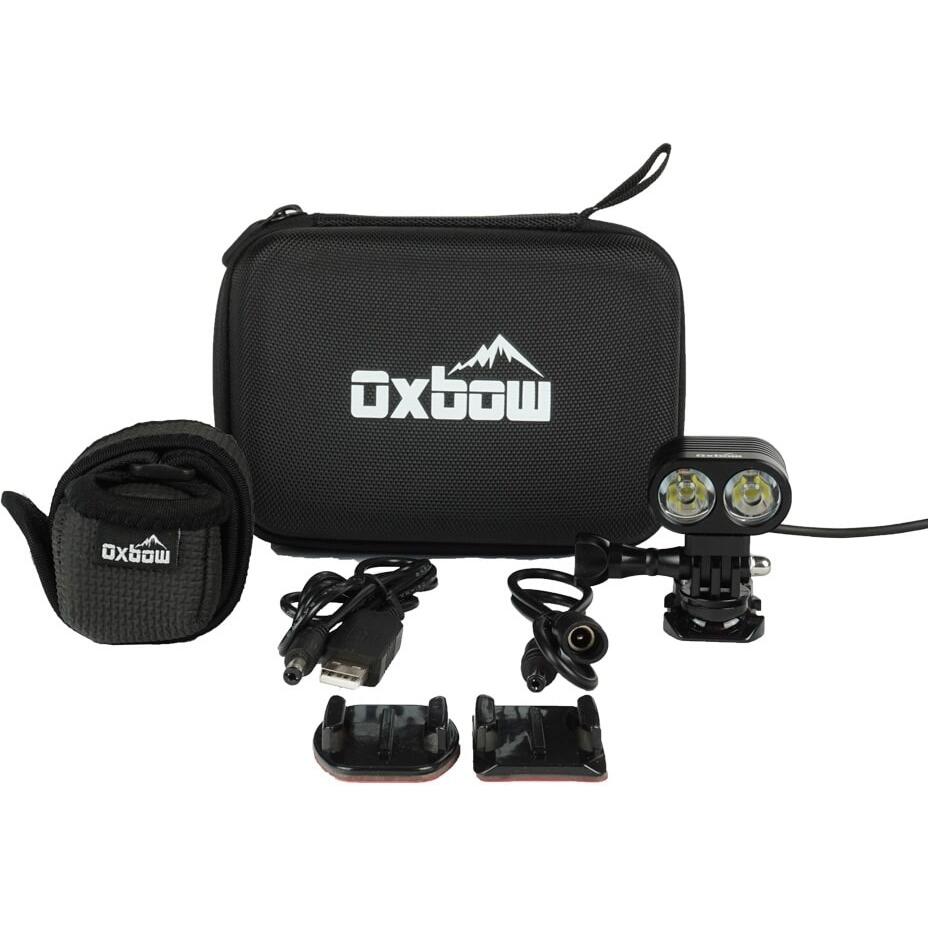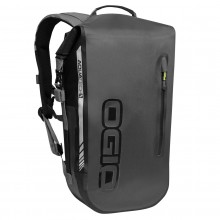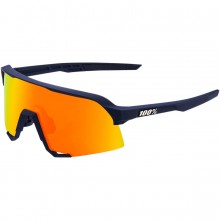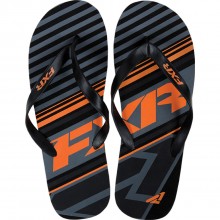
Harley Drag Race on Ice: A Roaring Success
The 4th edition of Harley Drag Race on Ice draws a crowd of 2,000 and shines as one of Canada's most unique and exhilarating motorcycle events.
Shop Now
Feb 28, 2023 — The ice was sturdy and the sun bright on the morning of the 18th of February. Off the shores of Beauharnois, just southwest of Montreal, a surprising array of motorcycles could be seen — and most certainly heard — taking off from one fixed point in the snow-covered horizon to another. Local ice fishing hobbyists, hikers, and even cyclists gathered on the icy Lake Saint-Louis, as if puzzled by the commotion that would otherwise be absent on any other Saturday. This one, however, was different.
Tire imprints and trailers in the distance first served as a sign that the ice was safe to drive on, though the ensuing landing of a Cessna 150G aircraft was all the more reassuring. Closer to the event grounds, competitors started flocking in on their silver-studded motorcycles — with several dirt bikes, 4 wheelers, snowmobiles and trikes also making an appearance. Though this was a place for Harleys, no vehicle was excluded from taking part in the showcase.
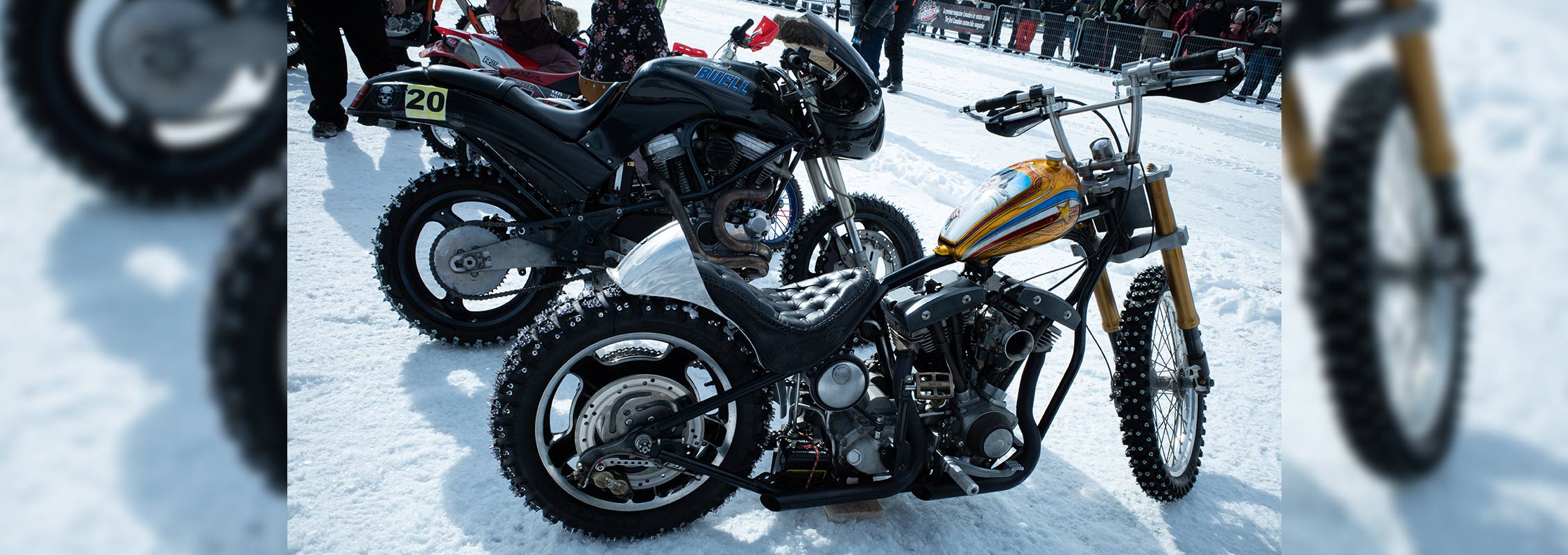
Organizer Jesy Renaud's eye-catching bike nicknamed "Dada" (front), an homage to his late brother.
Carving a Tradition in the Ice
Automobile drag races on ice had been held for quite some time in Quebec. This is what gave Jocelyn "Jesy" Renaud — a mechanic by trade and the owner of the motorcycle workshop Classic Steel in Léry — the idea to try his luck on 2 wheels. A few studs installed in each tire is all it took to convince him that drag racing motorcycles on ice could be a viable sport, so in 2019 he and his partner Karine Rowsell decided to form a friendly competition with 15 or so riders. Thus, the 1st edition of Harley Drag was born, and it attracted a crowd of more than 1500. While the pandemic did put a halt on things, each and every edition since the first has been attracting newcomers and seasoned attendees — not to mention more racers who continuously adapt, improve, and innovate their motorcycles specifically for this occasion.
The event is not only unique in Quebec, but in Canada. It is the kind of gathering that embraces our harsh winters and refuses to lay passion to rest for the roughly 4-5 months of motorcycle hibernation. Harley Drag on Ice daringly claims: Yes, there are creative ways to have fun on a bike when it's snowing — it's just about shifting our perspective! "I'm happy to have succeeded in putting together a Harley event. It also inspires others to try their hand at winter racing," Renaud says with encouragement.

Sometimes, it's not only about who crosses the finish line first, it's about taking part in something bigger.
Harley Drag isn't about conquering the elements or creating artificial spaces as cold-weather workarounds, it's about embracing an environment and making the best of it. More importantly, the initiative fosters a growing community of riders that can continue to share their passion no matter the time of year.
Scorching Engines, Biting Tires
By noon, the thunderous roar of exhausts attracted a large crowd to the area surrounding the drag strip, as racers confidently wheelied into their practice runs. An announcement from a makeshift lookout perch is all it took to have the competitors congregate around the middle of the track. This is where Jesy Renaud and Karine Rowsell were waiting to introduce the racers and ring in the race.

An eager crowd awaits the first race of the day.
The sub-bass boomed to the sounds of 70s and 80s rock as the first 2 racers took their mark. But they were children! Yes, a youth section and medal ceremony took place first, with modified mini dirt bikes and their riders attracting as much cheer and enthusiasm as the main event would.
As the races began, one could not help but notice to what lengths the competitors went to modify their machines in preparation for just a day of racing. You could really sense that every single motorcycle there was a passion project, and everyone was more than happy to exhibit their hard work. Whether we're talking about extended swingarms, smaller front tires, stiff and heavy forks as well as nitro, custom shifters and massive protruding nails — every single project had its own personality.
In the end, and despite impressive performances by Ben Desjardins (2nd place) and Jessy Riopel Carrière (3rd), the trophy went to newcomer Anthony Beaulieu Peuziat and his 05 FLH. The below interviews were conducted with Peuziat and Carrière, who both shed further light on the varied challenges of motorcycle ice racing.
Anthony Beaulieu Peuziat
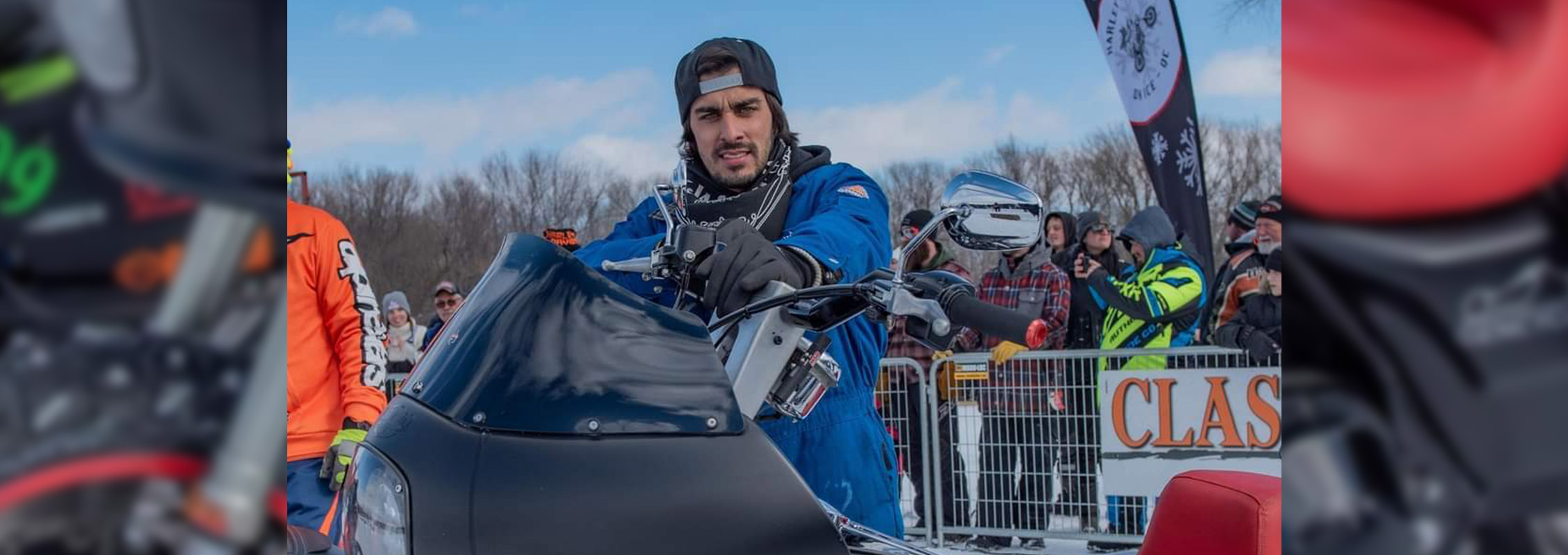
Source: Photographe PMV - Melanie Vachon
Hailing from Montreal's South Shore, the 28-year-old Anthony Beaulieu Peuziat is no stranger to riding and maintaining motorcycles. He first began riding at the young age of 5 with motocross competitions, and at age 7 his father taught him the mechanics of a Honda Z50 Minitrail.
Since then, the everlasting passion for motorcycles and racing has not left him. He furthered his pursuit of mechanical training, and has now been a mechanic at Gencycle for about 3 years. "Unlike most other riders, I do my own thing, meaning I don't have a crew and I do all the mechanics myself on my bike," Peuziat says. What's even more surprising is that prior to this event, he had never raced on ice before.
We noticed that many riders were making adjustments on race day. Did you have to tinker with your bike and what was its performance like during the race?
I made some adjustments to the carburetor. Considering that we have modified tires for the ice, the pressure is not the same as when we race in the summer. Therefore, I had to make adjustments on the spot. Afterwards, I had to lower my forks, since my take-off was always nose up. The important thing is to have the best possible start. So ideally, the front end should not lift. In terms of performance, I don't have the biggest engine (107 ci), but when the recipe is perfect, you can make miracles happen. I think I can largely attribute my win to my excellent starts.
What would you say were the key elements off the track that contributed to your success in this event? Was this win also the result of working with Gencycle?
I think the most important part of ice racing is the rear tire. I spent about 20 hours on the construction of my tires. What also helps in getting the win is knowing your bike, "being consistent like clockwork." My bosses at Gencycle encourage me and order some parts, but for the rest, I do everything myself in my personal garage.
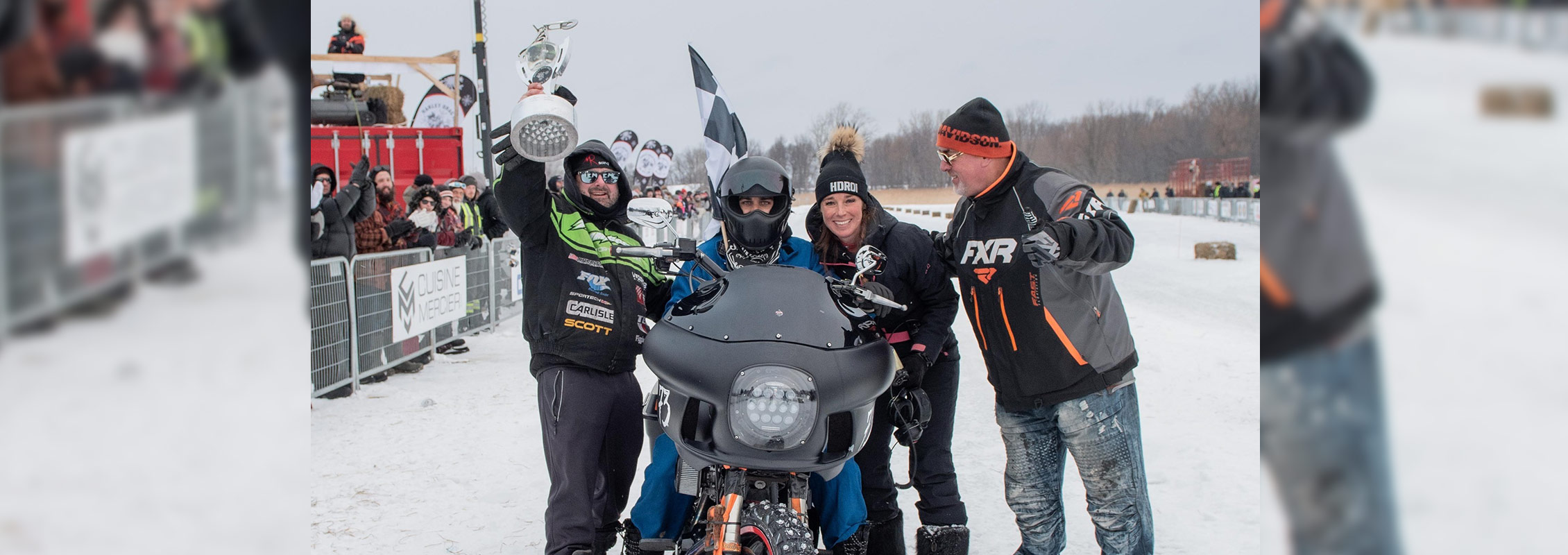
Peuziat (center-left) with event organizer Karine Rowsell (center-right). Source: Photographe PMV - Melanie Vachon
Do you have any personal advice for bikers who want to get into drag racing on ice? How could someone try their hand at such an event if they have a limited budget?
During the event, there were bikes that were more powerful than mine. So you shouldn't think that power equals guaranteed victory. You just have to have good tires to have the best traction and be a good rider. People on a budget will have to spend a lot of time in the shop, just like I did. I made the rear tire out of used snowmobile studs instead of buying ice studs, which are very expensive. As for my front tire, I bought some screws from a local store and modified them to get the best traction possible.
Peuziat can also be found racing in Napierville, and is currently building a Pro Street motorcycle with an Evolution engine. We eagerly await more stellar performances from him in the future.
Jessy Riopel Carrière

Source: Photographe Dan Langevin
33-year-old Jessy Riopel Carrière has been working as a mechanic for 10 years at Motostation, his father's garage. Born in Laval, though having moved to Thetford Mines at an early age, Carrière grew up riding anything from 4 wheelers to mini choppers his dad built for him.
At the event, he was rocking out on his 1990 FLHTPI, wearing a bunny suit with a matching bunny-eared helmet. The crowd couldn't help but cheer a bit louder every time he was on the drag strip — after all, it's not every day you see an ice bunny on a Harley speeding past you at blazing speeds!
First of all, we have to ask, what's the story behind the bunny suit?
Ah the famous question why the rabbit. I thought it would be a good tactic to distract my competitors. I wanted to make people laugh and lighten the mood of the races. We all know each other pretty well and I wanted to mess with them a little bit. And to get noticed too!

Looks like the Easter Bunny's early this year.
What specific modifications do you need to make to your bike for it to perform on ice? Is it enough to have quality studs, or do you have to modify more components?
My bike is a 1990 FLHTPI, an old police bike. It's my summer drag bike: a 127 ci engine I built myself, with a nitro and air shifter. I modified the swingarm; I had a Yamaha one that I lengthened so the nose wouldn't lift up in my face. I have about 200hp, but it's very difficult during the winter to get that much hp. My tire has Woody's studs with Marcel Fournier screws that I installed myself. But to do it right I would need a wider tire to be able to put 2 more rows. There is always room for improvement.
Tell us how you got started in motorcycle racing. What attracted you to drag racing on a Harley, and more specifically its adaptability for ice racing?
I started racing to see how my bike could compete with the others to be the fastest. But racing has helped me a lot in life. If I wasn't feeling well, I would go work on my bike to take my mind off of things. It gives me a reason to keep going and be better and more competitive. Ice racing is evolving very fast and we are getting faster and faster every year. It's very different than on asphalt; you can have a good engine, but if the bike doesn't stick to the ground, it's no good.
All in all, "the event went very well for me but it's still a bit of an adjustment. I think a lot of people would like to have a stock class to give people with stock bikes a chance to race more. But other than that I love it. Hopefully next year we'll have a lot more racing and more competitors," Carrière says, eager to return for more good bunny fun and high octane thrills.
A Growing Community
While this isn't HDROI's first iteration, it definitely felt like the race delivered a much-needed boost of momentum to wintertime motorcycling. The pandemic changed a lot of things, and halted some promising projects to a standstill. Yet, drag race on ice is here to stay, and it's heartening to see that the scene is growing. We hope that events like these will aid in further expanding this unique wintertime sport coast to coast.
One thing's for sure though: we can expect to feel the same overflowing energy next year. Though the sport might still be finding its footing, it is unique in the way it transforms our riding experience. It takes an activity we all love and turns it into magic with the simplest things: metal and ice.

Jesy Renaud (left) wishing us well just before the races.
Related Articles

Vintage Bikes Shine at the Montreal Motorcycle Show
Vintage revival steals the spotlight at this year's Montreal Motorcycle Show.

What Every Motorcyclist Needs to Know About Freedom
Everyone knows that "Motorcycle" is synonymous with "Freedom"… But why?
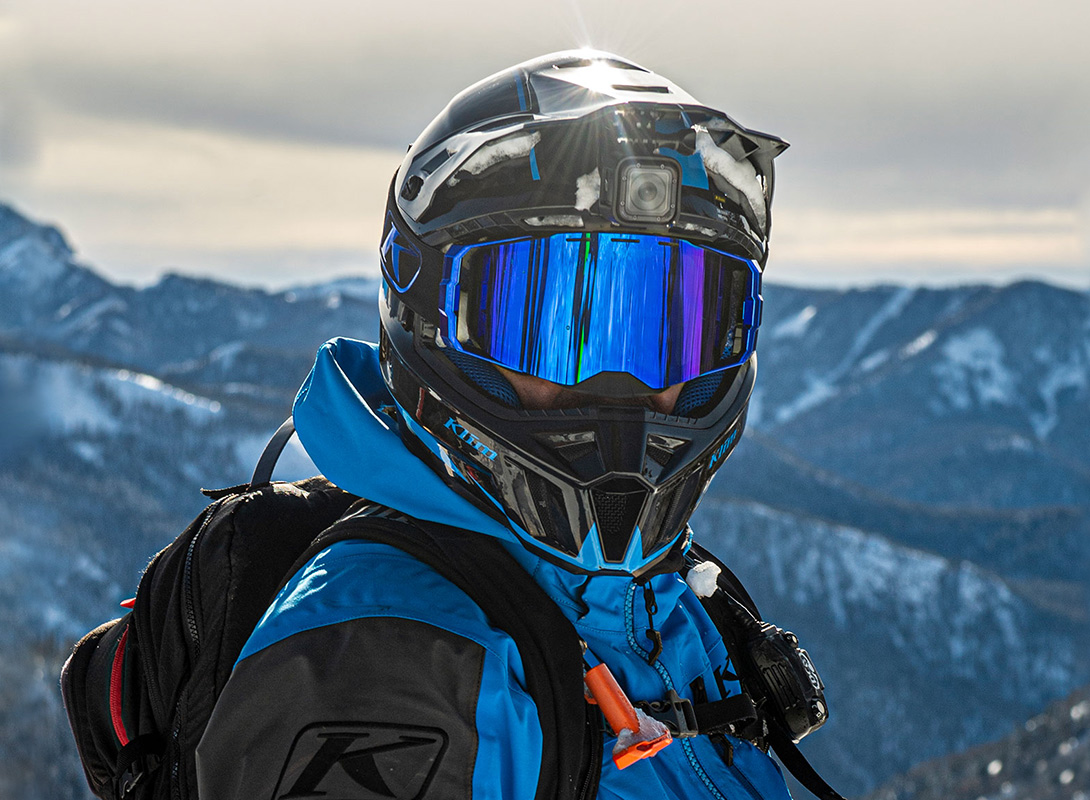
7 Problems & Solutions for Cold-Weather Riding
We've compiled a list of tips and tricks for those daring winter warriors.



